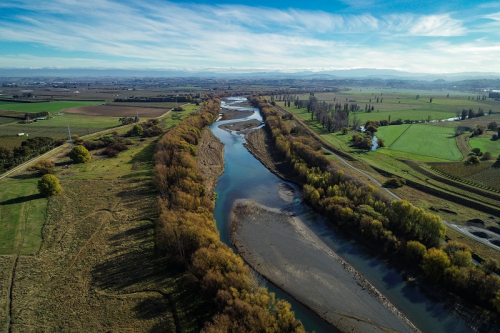
Current filter:

Hawke’s Bay Regional Council has released its three yearly State of the Environment report evaluating environmental conditions and pressures, informing and benefitting local communities, and the Council’s plans.
Hawke’s Bay Regional Council Science Manager Anna Madarasz-Smith says that the Government’s freshwater reforms have raised the bar for assessment and reporting, with increased transparency and simplicity of reporting, to promote public understanding.
“For the first time our State of the Environment reports at a catchment level, providing greater context on the pressures and actions being taken.
“We have adopted a ki uta, ki tai approach, that considers interactions among land, water, ecosystems and receiving environments – recognising that there is just one environment,“ she says.
Hawke’s Bay Regional Councillor and Environment and Integrated Catchments Committee Chair Hinewai Ormsby says, “It is a good benchmark, and shows not only the issues and opportunities, but also the link between what we do on land and the impact on rivers and marine environments.
“As a region we face significant environmental challenges, and we are committed to overcoming them as a Council, working smarter and harder on many fronts.”
“The SOE will help inform and shape the discussions we will have with our rural and urban communities, and with mana whenua as part of our regional planning.
“I look forward to being part of the robust discussions to come,” says Councillor Ormsby.
Key findings by catchment 2018-2021:
Wairoa and Northern coast
Mohaka and Waihua
Esk and Central coast
Tūtaekirī, Ahuriri, Ngaruroro, Karamū (TANK)
Tukituki
Pōrangahau and Southern coast
The State our Environment 2018-2021 report is available here.
ENDS
19 July 2022
Disclaimers and Copyright
While every endeavour has been taken by the Hawke's Bay Regional Council to ensure that the information on this website is
accurate and up to date, Hawke's Bay Regional Council shall not be liable for any loss suffered through the use, directly or indirectly, of information on this website. Information contained has been assembled in good faith.
Some of the information available in this site is from the New Zealand Public domain and supplied by relevant
government agencies. Hawke's Bay Regional Council cannot accept any liability for its accuracy or content.
Portions of the information and material on this site, including data, pages, documents, online
graphics and images are protected by copyright, unless specifically notified to the contrary. Externally sourced
information or material is copyright to the respective provider.
© Hawke's Bay Regional Council - www.hbrc.govt.nz / +64 6 835 9200 / info@hbrc.govt.nz